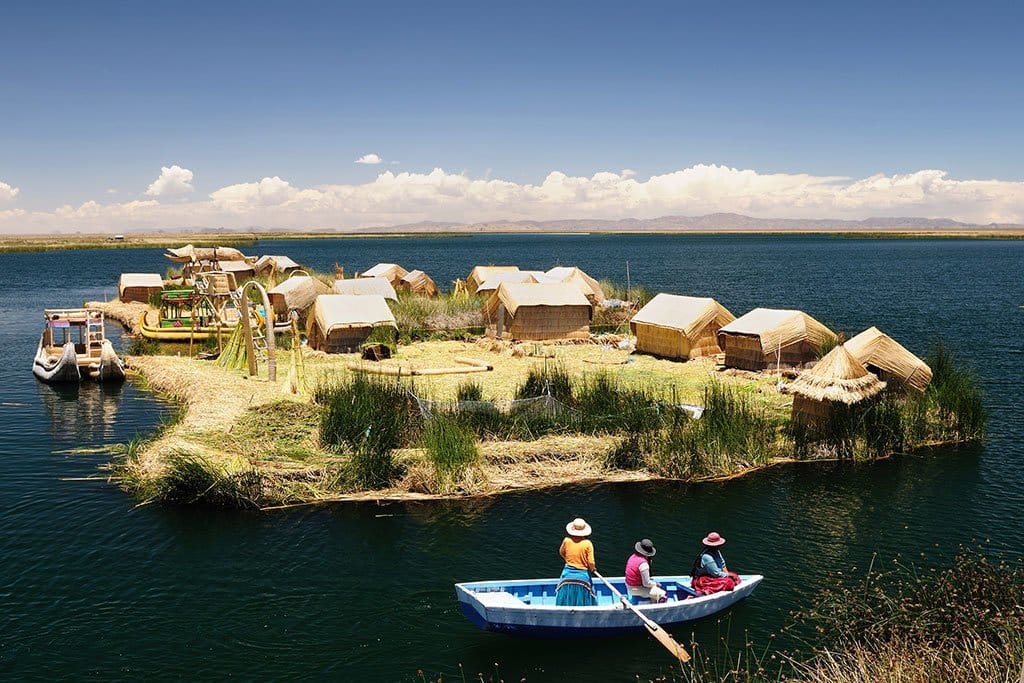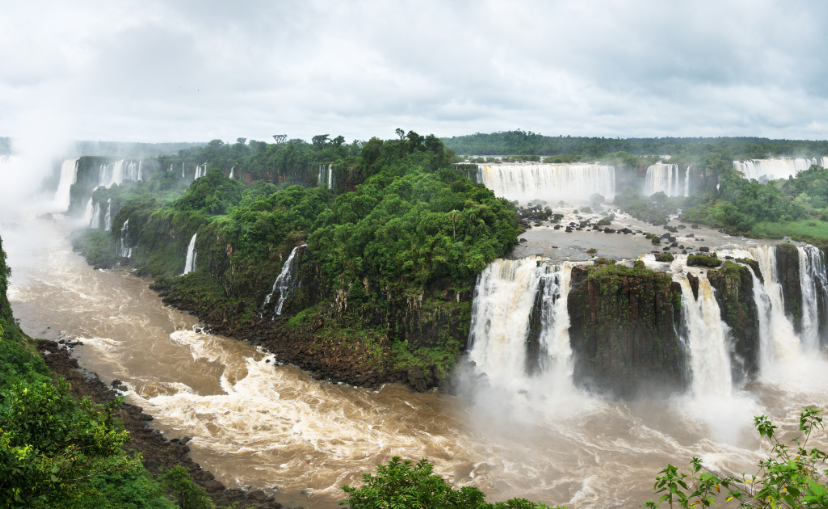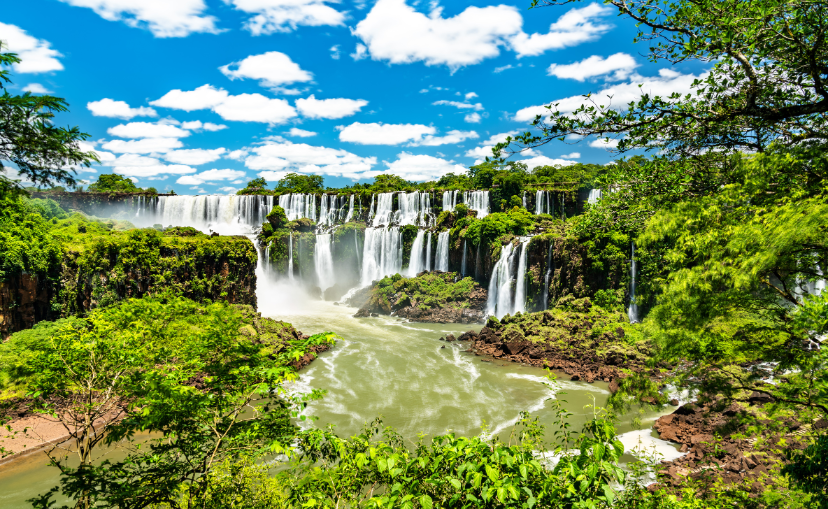Kaieteur Falls: The World’s Largest Single-Drop Waterfall
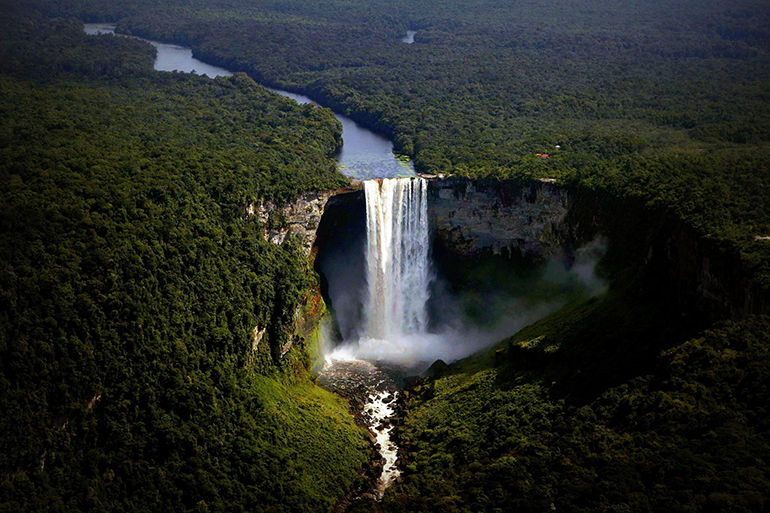
Kaieteur Falls is hidden deep within the lush, remote rainforests of Guyana, claims the title of the largest single-drop waterfall in the world. Located in Kaieteur National Park, within the central Essequibo Territory, this majestic natural wonder plunges an incredible 226 meters (741 feet) off a towering sandstone and conglomerate cliff, making it a sight to behold. The falls don’t stop there—if you include the series of steep cascades that follow, Kaieteur reaches a total height of 251 meters (822 feet).
While many waterfalls may be taller, few can match the sheer volume and force of Kaieteur. With an average flow rate of 663 cubic meters per second (23,400 cubic feet per second or 30,000 gallons of water per second), the water cascades over the cliff, creating a deafening roar that reverberates through the dense rainforest below, making it one of the most powerful waterfalls in the world.
To put this into perspective, Kaieteur is four and a half times taller than Niagara Falls, the famous cascade on the U.S.-Canadian border, and twice the height of Victoria Falls in Africa, which straddles the Zambia-Zimbabwe border.
Kaieteur Falls Geography and Surroundings
Set within the vast wilderness of Kaieteur National Park, the falls are fed by the Potaro River, which cuts across the Potaro Plateau. This plateau stretches toward the distant escarpments of the Pakaraima Mountains, creating a dramatic backdrop for the falls. The Potaro River eventually joins the mighty Essequibo River, Guyana’s longest river and the 34th longest river in South America.
History of Kaieteur Falls
Kaieteur Falls has long been known to the Indigenous Patamona people, who live in the region. However, it wasn’t until 1870 that the falls became known to Europeans. Charles Barrington Brown, a British geologist, was the first European to encounter Kaieteur during an expedition to map the colony of British Guiana. While he didn’t have time to explore the falls in detail on that first trip, Brown returned a year later to make precise measurements and record his findings. His experiences were documented in his book Canoe and Camp Life in British Guiana, published in 1876.
Kaieteur Falls is also woven into the rich fabric of local folklore. According to a Patamona legend, the falls are named after Kai, a revered tribal chief who selflessly paddled over the edge of the falls to offer himself as a sacrifice to Makonaima, the great spirit, in hopes of saving his people. Another, slightly less noble tale suggests that the name “Kaieteur” translates to “old-man-fall,” originating from a story in which an elderly man was pushed over the falls by his own relatives.
Tourism at Kaieteur Falls
Today, Kaieteur Falls is one of the most visited natural attractions in Guyana, drawing tourists from all over the world. The falls are situated in the heart of Kaieteur National Park, surrounded by pristine tropical rainforest. The park is accessible via Kaieteur International Airport, which is just a 15-minute walk from the top of the falls. Frequent flights from Ogle Airport and Cheddi Jagan International Airport in Georgetown make it easy for visitors to access this natural marvel.
Kaieteur Falls offers a stunning display of raw natural beauty, unparalleled power, and a deep connection to the myths and legends of the Indigenous peoples of Guyana. Whether you’re an adventure traveler or simply looking to witness one of the world’s greatest natural wonders, Kaieteur Falls is a must-see destination.
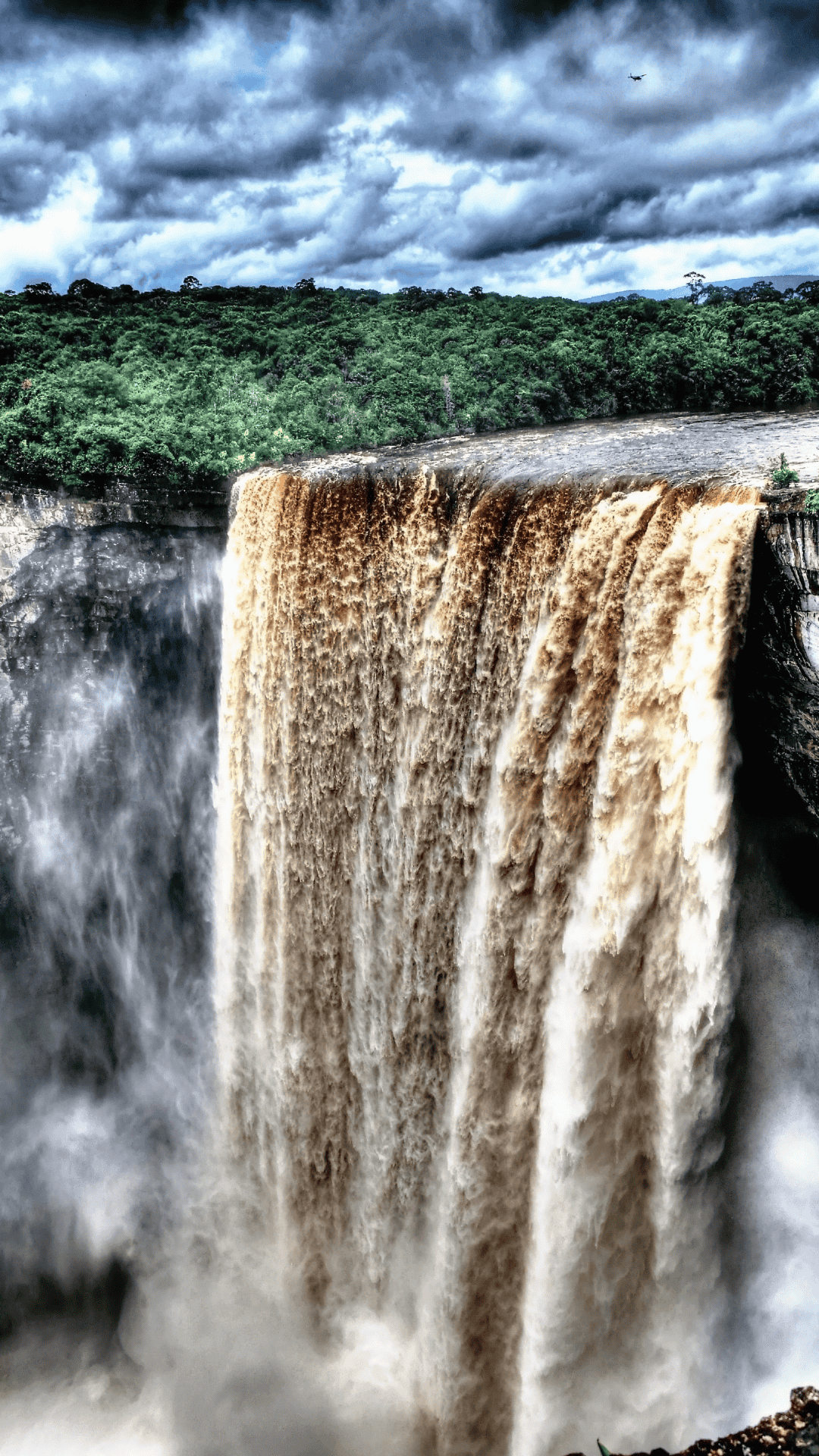
Frequently Asked Questions
How do you get to Kaieteur Falls?
Visitors can reach Kaieteur Falls by taking a small charter flight from Ogle Airport or Cheddi Jagan International Airport in Georgetown, Guyana. The flight is about an hour and lands at Kaieteur International Airport, which is just a 15-minute walk from the falls. Some adventurous travelers also choose to trek to the falls, a journey that typically takes 4-5 days through the rainforest, offering an immersive experience in Guyana’s wild landscapes.
Can you hike to the bottom of Kaieteur Falls?
While there are several viewing platforms near the top of the falls, there is no designated trail to hike down to the bottom of Kaieteur Falls. The surrounding terrain is extremely rugged and dangerous due to the powerful water flow and steep cliffs. Most visitors enjoy the falls from the designated safe viewpoints at the top.
What wildlife can be seen around Kaieteur Falls?
The area around Kaieteur Falls is rich in biodiversity. Visitors often spot cock-of-the-rock birds, giant river otters, tree frogs, and the endangered golden rocket frog that lives exclusively in the giant bromeliad plants found near the falls. The region is also home to monkeys and a variety of butterflies and insects.
What is the best time to visit Kaieteur Falls?
The best time to visit is during the rainy seasons, which run from May to July and November to January. During these months, the water volume is at its peak, making the falls even more powerful and spectacular. However, the dry season also offers great views, with less chance of rain affecting your trip, though the falls may not be as full.
Other Popular Post
